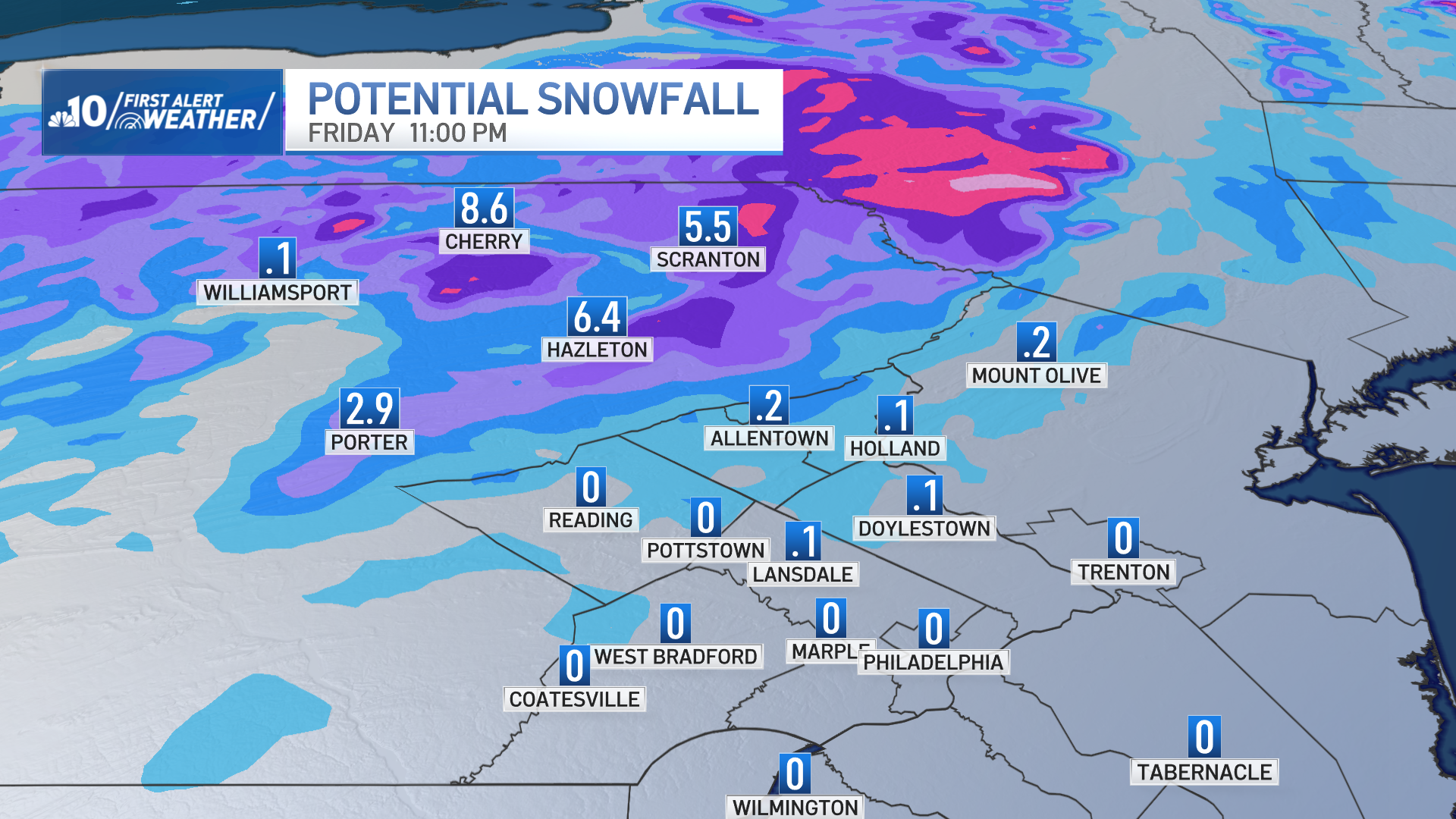Don't Be a Victim: A weeklong series — NBC10 is giving you tips on how to not be the victim of fraudsters every day, starting Monday, April 29 through Friday, May 3. Follow along on TV and online and test your knowledge with our quiz.
Dan Bell wanted to sell his grandson's old bike online, but when a buyer offered more than the asking price, Bell knew something was up.
Bell was being targeted as part of an overpayment scam that could leave you on the hook for payments to your bank while the scammers line their pockets with your cash.
When he advertised the bike on Craigslist, Bell asked for $90, but the scammer actually offered to write a money order for $120 as long as Bell held on to the bike for him.
Soon thereafter, the "buyer" texted Bell saying his assistant mixed up the payment and accidentally sent Bell a money order for $998. When the check arrived in the mail, the buyer asked Bell to deposit it into his account and wire back the over-payment. Thankfully for Bell, he reached out to NBC10 Responds instead.
Local
Breaking news and the stories that matter to your neighborhood.
U.S. Postal Service inspector Reginald Wade said there are some ways you can avoid being a victim of such an overpayment scam:
1. An offer to pay more than you're asking for is a sign of a scam in and of itself. "If someone's asking if they can pay you more than your asking price, you don't wanna do that," Wade said.
2. If someone's trying to pressure you into finalizing the sale quickly, resist. "If their money's good now, it's gonna be good tomorrow and it's gonna be good the day after that. So just try to slow the whole process down," Wade said.
3. Never agree to return money.
4. Take a close look at the money order itself. Are there misspellings?
5. Watch for missing security features on the money order. A money order from the U.S. Postal Service, for example, will show a Benjamin Franklin watermark running from top to bottom on the left side when held to a light. A security thread showing "USPS" will also run from top to bottom when held to a light.
6. Check the addresses. Addresses, as well as names and phone numbers, should all be the same on the money order. In Bell's case, the money order named a Milford, Pennsylvania address, the envelope it arrived it had a return address to Philadelphia and the buyer asked for excess funds to be wired to Twin Lake, Michigan.
It's also a federal offense to send a counterfeit check or money order through the U.S. mail, so if you receive one, report it to the U.S. Postal Inspection Service so they can investigate, Wade said.



